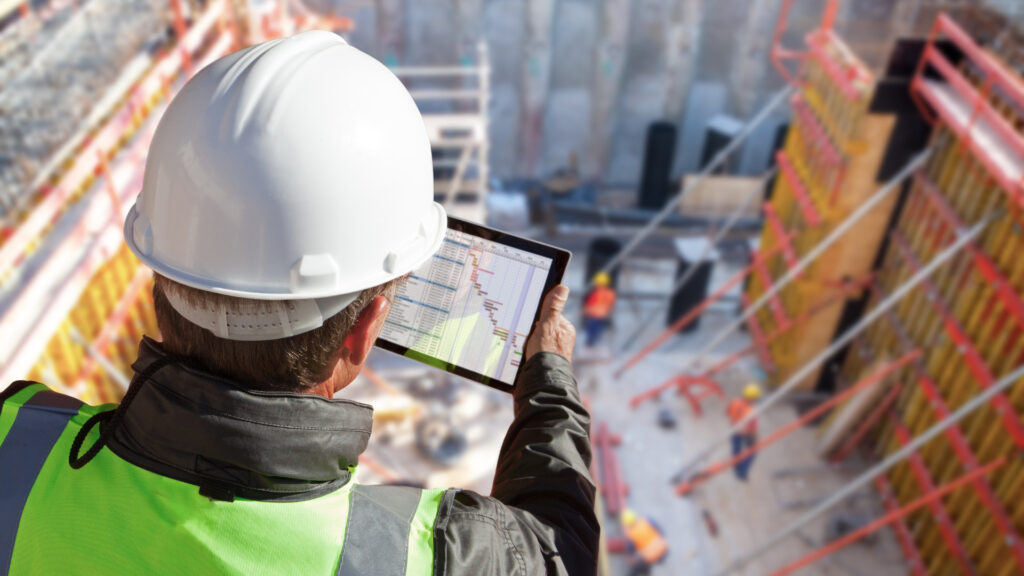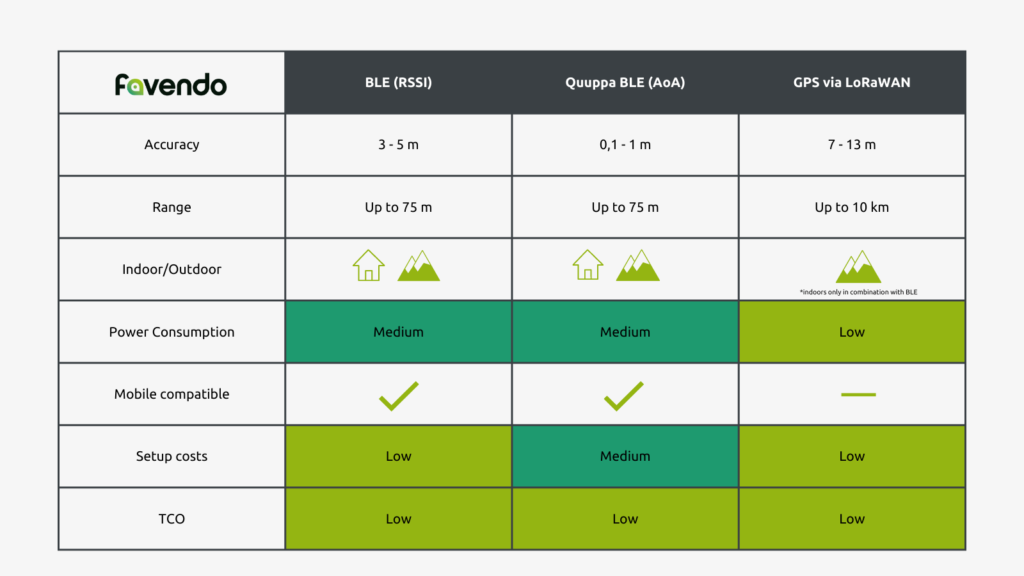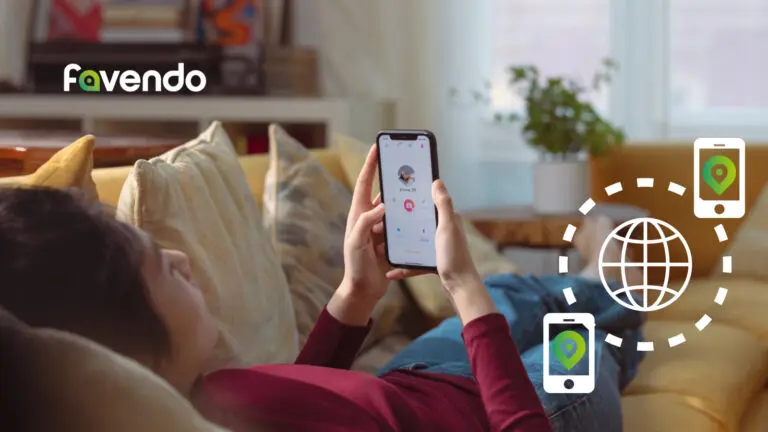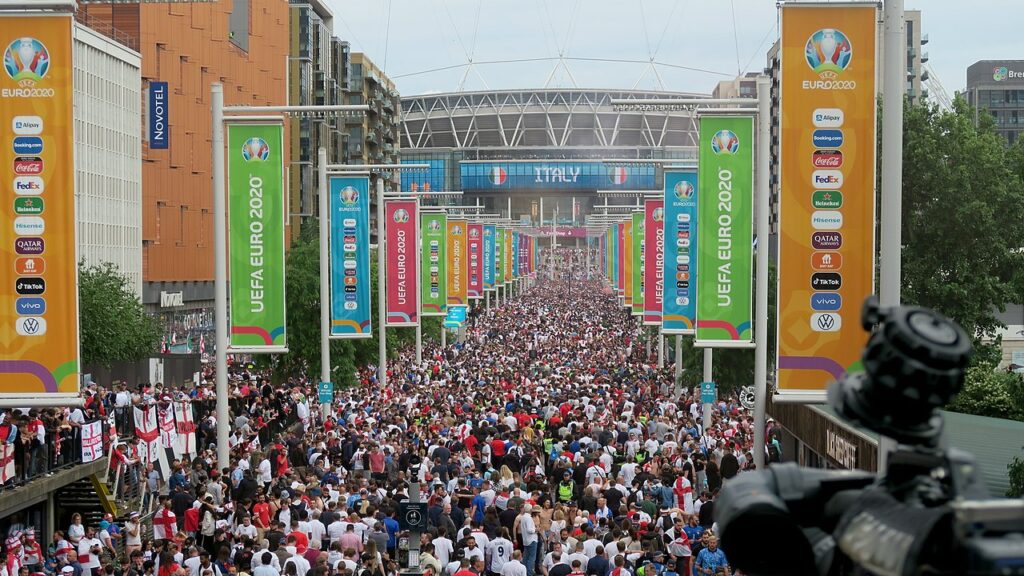How RTLS leverage to increase productivity in the mining industry
Whether in the construction industry, in furniture making, for machine tools or food packaging – steel or iron are indispensable in our everyday lives and demand is growing. And as things stand at present, fossil fuels are still required for their production. This is because coal is an essential material in the steel and iron production process. A special form of coal known as “coking coal” or “metallurgical coal” is used here. Coking coal is mainly found in Canada, Australia and the US, where it is mined in large pits.
As demand for coal increases, so does the workload in mines. One way to increase productivity in multi-layered operations such as a mine is to use an RTLS. A tracking solution can help improve operational processes and detect bottlenecks, especially in large areas. A lot of time can be saved simply by assigning work orders to the closest employee, so that as little distance as possible has to be covered between two work orders.
In addition to saving walk and search time through asset tracking in coal mining, real-time location of tools or machines helps to prevent theft or loss. Just the fact that tools are used above and below ground and in areas covering several thousand square kilometers means that things can get lost, and searching for them is usually very time-consuming. To compensate for these losses, mining companies frequently acquire a surplus of expensive equipment. This way, every piece of equipment is at hand at the right time. But this also quickly leads to misinvestments in the millions. If machines, tools or other assets can be located in real-time over the entire area of a mining site, the tools are at hand when they are needed. But without equipment overhang and immense additional costs.
The situation is similar with maintenance of mining machines. Whether dump trucks, dozers or excavators – machines used in mining are exposed to harsh environmental conditions and must work reliably. Predictive maintenance is the key to avoid breakdowns and extend the life cycle of expensive machines. With the help of special tags that, in addition to pure location data, also have integrated temperature, […]








